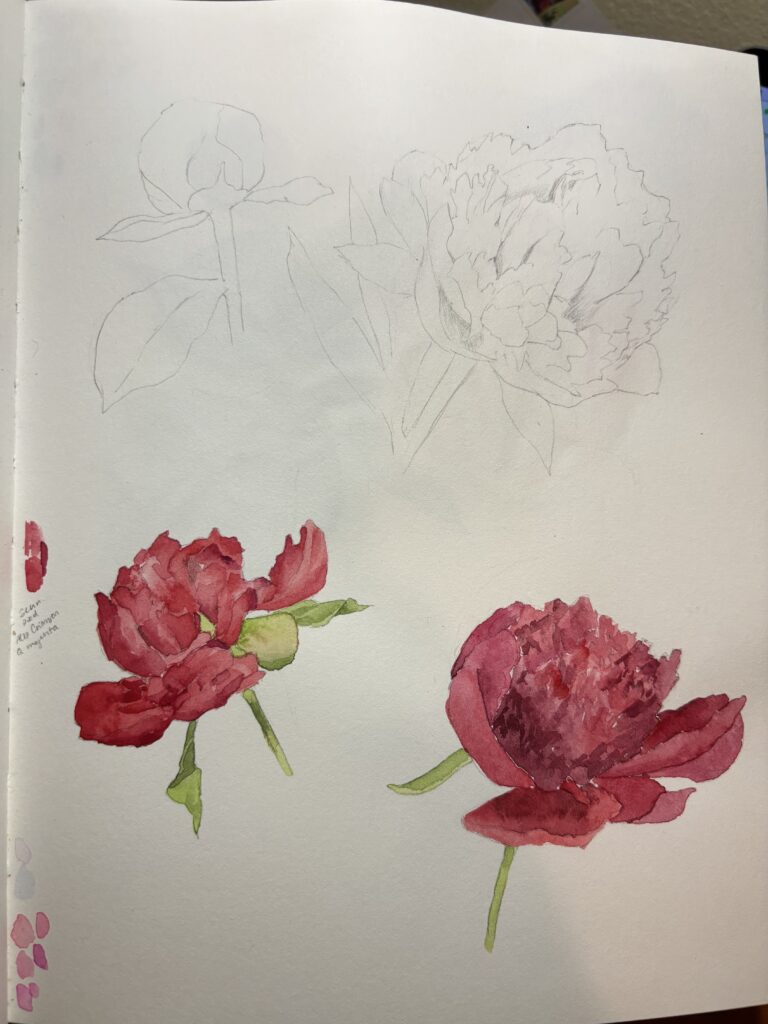For this blog assignment, I decided to use the BAR method to discuss a project I did for my first quarter at SCCA.
Background: the project was for my History of Design course last quarter. The assignment parameters were to redesign an existing piece of media in the style of a historic design movement. I chose to redesign an existing book cover for the novel Never Let Me Go, by Kazuo Ishiguro, drawing on the historic movement of Bauhaus design. Part of the challenge of this assignment was to create a connection between two things that don’t go together. There’s no apparent relationship between the novel and the Bauhaus design movement, so I had to use elements found in Bauhaus design to highlight the important themes and qualities of the novel.
Action: the process to create a new book jacket design included extensive research into the Bauhaus design movement, as well as a deep understanding of the story and themes of the novel. Having read and loved the book, I knew already that I wanted to highlight themes of loss, specifically the loss of people (characters) but also loss of autonomy and innocence which were present in the novel. After lots of research into the history of the Bauhaus school, its key figures, and the elements that make up Bauhaus design, I understood the kind of visual language I had to work with to translate the key themes of the book. I knew that, because Bauhaus design was an early style of modern design, my book cover would have to be a more abstract representation of loss, and would have to include key details like the distinctive typefaces of the movement, as well as the use of geometric shapes. In addition to the typeface and geometric shapes, my design also paid homage to this historic movement with the use of a grided composition and a color palette inspired by Bauhaus poster art. My final design created space within the words of the title of the novel to portray the separation and alienation that the characters feel in the novel. Additionally I created a simple silhouette illustration of a person. The title and illustration created a critical interaction where the letter O in the last word of the novel’s title is reversed out of the figure, so that it creates a figure ground relationship where part of the person is missing. This alludes abstractly to the themes of loss of autonomy and innocence in the novel. It also represents a major plot point in the story, where the reader finds out that the story does not take place in our world, as we thought, but in a speculative dystopia where all of the characters in the novel are growing up only to have to donate their vital organs. The reader will only find out the significance of the concept of the cover after completing the story.
Results: although I don’t have data to support that this was a successful redesign of a book cover, I feel that it succeeded in the criteria of creating a new book cover, while also integrating design elements of the Bauhaus movement. Additionally I think that the design succeeded in drawing on important themes and plot points present in the story. I believe that it is effective because it reflects the story itself.



